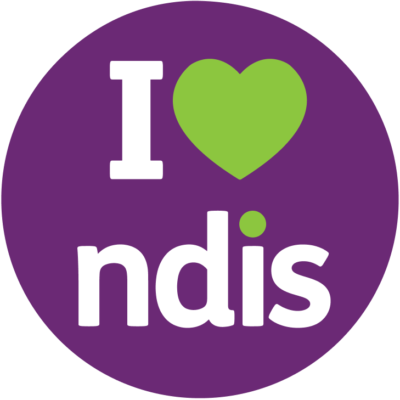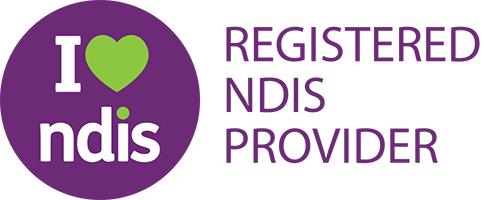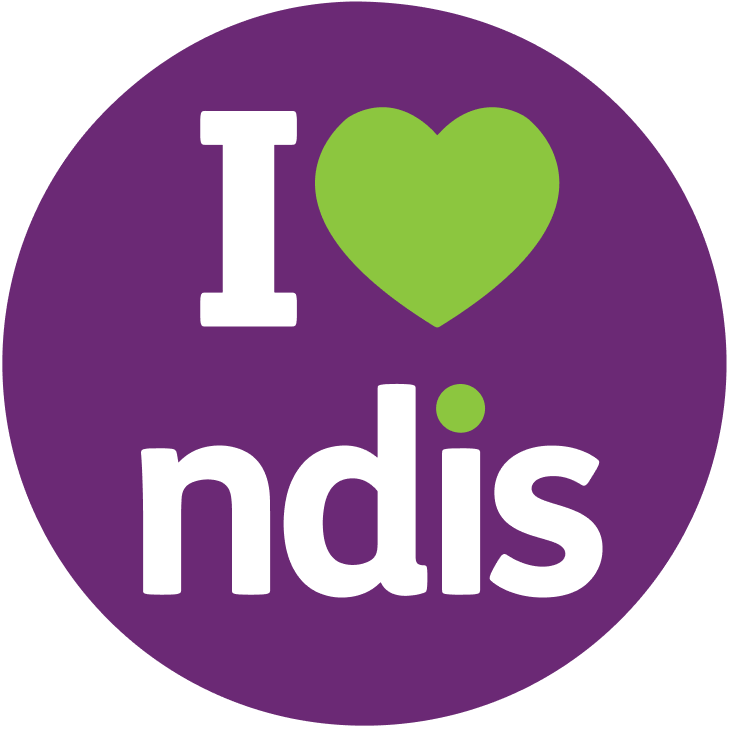Challenging Behaviour Toolkit

Challenging behaviours often co-occur at high rates among those with disabilities, such as autism spectrum disorder, intellectual disability and other psychological disorders. Challenging behaviours, including self-injury, aggression and property destruction, can be associated with social impairment and increased caregiver demands and stress. These behaviours often arise from and are maintained by a combination of biological and environmental risk factors throughout the lifespan.
These behaviours can often cause harm or damage, parent or staff stress, isolation, and burnout. Parents and practitioners may feel guilty or responsible, however it is important to know that you should not blame yourself for the behaviours you find difficult to manage. It is also important to not think of those behaviours as “bad”, but to understand the root cause and learn how to manage and respond to these challenging situations effectively.
What are some common challenging behaviours?
Based on feedback from our AHAs and AHPs, the top 5 challenging behaviours that are most frequently mentioned are:
- behaviours that may hurt themselves or others (e.g. biting, hair pulling, throwing toys at others)
“Client hit me on the head several times due to feelings of anxiety. I had a bit of a headache after the session but nothing major.” – AHA feedback - Oppositional/defiant behaviours (e.g. refusing or ignoring requests)
“Client has not engaged in any task I tried for 4 sessions. I feel deflated! My client is difficult to engage and has not done any of the exercises I try out of resistance. Finding it all very challenging!” – AHA feedback - High distractibility (e.g. frequently running away or switching between activities)
- Meltdowns, temper tantrum (e.g. crying, screaming, lying on the floor)
- Other aggressive behaviours (e.g. swearing, verbal aggression)
“Verbal aggression and crying towards mum, required lots of encouragement but ultimately refused to do most activities today. No harm towards AHA during session” – AHA feedback
What can you do when these behaviours happen in your session?
When you see behaviours that you find challenging to manage, the first point of action should be to seek the parents’/carer’s support. The carer/parent is going to know the client best in that situation and likely deals with it all the time and has a system in place, we want to make sure that we are not introducing a new system as an AHA, that we are following the system the parent/Positive Behaviour Support (PBS)/OT/therapist has implemented and is already successful in de-escalating a situation. On the other hand, if there isn’t a successful system in place yet, you can always seek support from your AHP and assist them to start developing one.
Some clients may already have a Behaviour Support Plan (BSP), which is designed to provide information about what triggers the behaviour and how to reduce or stop it from happening. You may check with the parents regarding whether they already have a plan, and discuss with your AHP about how to apply the BSP in your practice.
It is important to know what triggers the behaviour, and uses respective strategies to reduce or stop the behaviours. Below are some common triggers and strategies for the 5 most frequently seen challenging behaviours listed in the previous section.
1. Behaviours that may hurt themselves or others
The anger or frustration of toddlers is usually reactive or impulsive in response to something that has happened to them, such as having a toy taken away. As children grow and develop more advanced language, social skills, and planning ability, proactive or planned aggressive behaviour may become more common.
Most children with developmental disabilities are not any more violent or aggressive than other children. However, some children may feel a lot of frustration related to their developmental disability. This frustration is sometimes shown through aggression or even self-harming behaviours, such as banging their head or cutting their skin.
Other children have conditions that are more directly connected to aggressive behaviour. For example, children with oppositional defiant disorder are often annoyed and angry, and they may argue with adults in order to gain control.
There are many reasons children with developmental disabilities may have aggression problems. It is important to remember that everyone has times when they get frustrated or angry, and children should be taught that frustration is normal. It is best to try to understand the reasons behind the aggression and violence. Knowing this will help parents and health professionals work toward reducing the problems; teaching the child ways to cope with frustration should be part of this plan.
Potential triggers to these behaviours include:
- Connection seeking
- Having difficulty understanding what’s happening around them (e.g. what they are doing/talking about)
- Having difficulty expressing their needs and/or wants
- Sensory overload
- Anxiety or stress (e.g. task being too challenging, separation from parents when they leave the room)
- Disruption of their daily routine
- Discomfort, pain, illness
2. Oppositional/defiant behaviours
Children with oppositional/defiant behaviours are often uncooperative, defiant, and hostile toward peers, parents, teachers, and other authority figures. A child with this behaviour may argue a lot with adults or refuse to do what they ask. He or she may also be unkind to others.
Potential triggers to those behaviours include:
- Having difficulty understanding what’s happening around them (e.g. what they are doing/talking about)
- Sensory overload
- Anxiety or stress (e.g. task being too challenging)
- Difficulty transitioning between activities
- Disruption of their daily routines
- Tiredness
- Discomfort, pain, illness
3. High distractibility
Highly distractible children have a hard time focusing on tasks because their attention is often taken off-track by any sounds, sights, and smells in their environment. When working on a task, they are often side-tracked and have a difficult time focusing. Your client may switch between different toys and games quickly, frequently looking away or walking away from you when they are highly distractible.
Potential triggers to those behaviours include:
- Having difficulty understanding what’s happening around them (e.g. what they are doing/talking about)
- Sensory overload
- Difficulty transitioning between activities
- Disruption of their daily routines
- Tiredness
- Discomfort, pain, illness
4. Meltdowns, temper tantrum
Temper tantrums range from whining and crying to screaming, kicking, hitting, and breath-holding spells. They’re equally common in boys and girls and usually happen between the ages of 1 to 3. Tantrums may happen when kids are tired, hungry, or uncomfortable. They can have a meltdown because they can’t have something they want (like a toy or candy) or can’t get someone to do what they want (like getting a parent to pay attention to them immediately or getting a sibling to give up the tablet). Learning to deal with frustration is a skill that children gain over time.
Tantrums are common during the second year of life for children who are neurotypical, when language skills are developing. Because toddlers can’t always say what they want or need, and because words describing feelings are more complicated and develop later, a frustrating experience may cause a tantrum. As language skills improve, tantrums tend to decrease. For neurodivergent children, especially children who experience developmental language delay, they experience temper tantrums at older ages.
Potential triggers to those behaviours include:
- Connection seeking
- Having difficulty understanding what’s happening around them (e.g. what they are doing/talking about)
- Having difficulty expressing their needs and/or wants
- Sensory overload
- Anxiety or stress (e.g. task being too challenging, separation from parents when they leave the room)
- Disruption of their daily routines
- Tiredness
- Discomfort, pain, illness
5. Other aggressive behaviours (e.g. swearing, verbal aggression)
Aggressive behaviours that cause damage to objects or harm people or animals are considered violent behaviours. Not all violence comes from physical aggression; verbal aggression can also cause harm. Examples of verbal aggression include name-calling, shouting, and accusing.
Potential triggers to these behaviours include:
- Having difficulty understanding what’s happening around them (e.g. what they are doing/talking about)
- Having difficulty expressing their needs and/or wants
- Sensory overload
- Anxiety or stress (e.g. task being too challenging, separation from parents when they leave the room)
- Disruption of their daily routine
- Discomfort, pain, illness
When challenging behaviours happen in your session, the strategies listed below will help you to de-escalate the situation:
- Maintain a minimum distance of 3 feet (1 meter) from the client, as approaching the client may be considered as a threat.
- Remain calm, as their behaviour is likely to trigger emotions in you.
- Be gentle and patient in your tone of voice, do not engage in arguing.
- Avoid sustained eye contact (staring), as this is a sign of aggression. Try to maintain regular intermittent eye contact instead.
- Create a quiet environment, e.g. turn off the TV, music, or radio.
- Encourage self-regulating strategies such as deep breathing, or other strategies as advised by the parents, the BSP, or your AHP.
- Allow time and space for the client to calm down.
- Remove sources of distraction from the room, e.g. take out one toy/game at one time and put the rest out of sight, close the therapy room door.
- Use contingencies down, change the activity to the difficulty level that suits the child.
- Set a visual schedule and use a timer to encourage participation.
- Allow frequent movement breaks.
- Praise attempts to self-regulate.
- Use visuals or gestures, or other strategies as advised by the parents or your AHP to support the client expressing themselves once calm has been achieved.
- Discuss the situation or teach alternate and more appropriate responses once calm has been achieved.
- Debrief with the individual, as well as the team, to prepare for increased awareness of triggers and strategies for self-regulation in future experiences
What can you do to avoid or minimize similar behaviours in your future sessions?
Challenging behaviours can be difficult to manage and may cause distress to yourself and the family. So it is important to know how to adjust your future sessions to avoid or minimize similar behaviours. Here are three simple steps you may take:
- Identifying the challenging behaviour through your own observation and experiences, and most importantly, by seeking information from the client’s parents/carers.
- Identifying the triggers
- Case history with parents: have they identified similar behaviours, what do they think might be the trigger, ask parents to keep a record if needed
- Reflect on previous clinical experiences with the child – what usually triggers their behaviours, whether there has been a time without challenging behaviours and what was different
- Ask the child later on after they calm down (if the child is capable) about how they felt just now.
- Make changes to your future session to avoid triggering the challenging behaviours
- The ‘ABC behaviour chart’ can be a useful tool to record the child’s challenging behaviour and potential triggers.
| Triggers/reasons | Changes you can make |
| Connection seeking | Try to have consistent attention on the child during therapy
|
| Difficulty understanding what’s happening around them | Strategies to help the child with understanding:
|
| Having difficulty expressing their needs and/or wants | Strategies to support with child’s expression:
|
| Sensory overload | Change the sensory stimuli, e.g.
|
| Anxiety or stress (e.g. task being too challenging, separation from parents when they leave the room) |
|
| Difficulty transitioning between activities |
|
| Disruption of their daily routines |
|
| Tiredness |
|
| Discomfort, pain, illness |
|
Camille
Fora's Speech Pathology team




